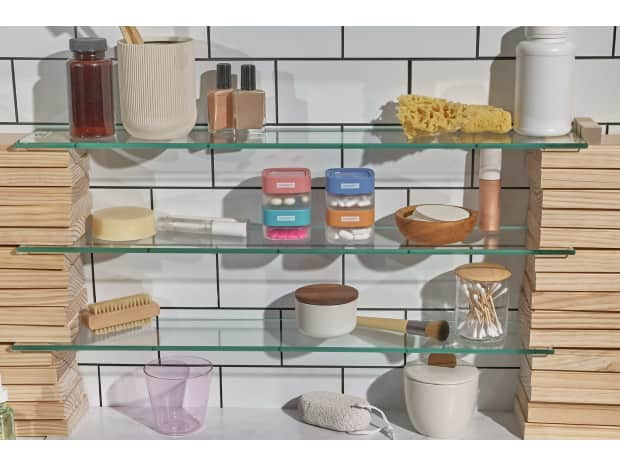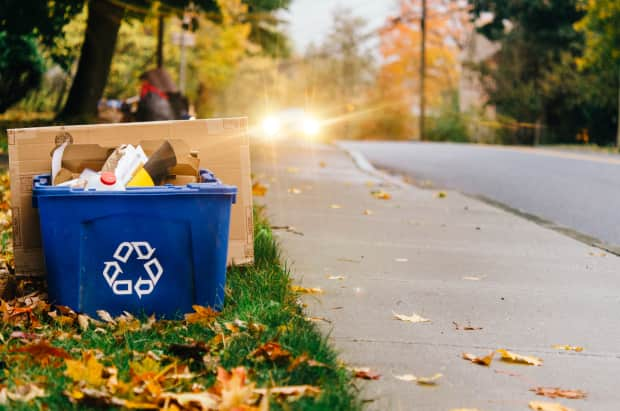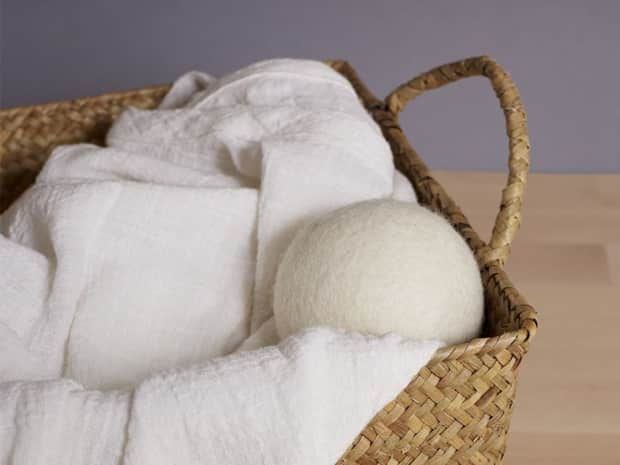
How to Make Your Medicine Cabinet More Eco Friendly
Want to make your medicine cabinet more environmentally friendly? We’ve got sustainable tips for a plastic-free medicine cabinet with earth-friendly alternatives to single-use products.
Read More

Last Updated: June 20, 2022
Avoid aspirational recycling by switching from the most commonly wishcycled items to these eco-friendly, compostable, or reusable options.
Wishcycling, aka wishful recycling, is when you toss an item in the recycling bin with the mere hope that it’s recyclable, whether or not the item is actually recyclable. ‘Livin’ on a prayer,’ as Jon Bon Jovi might say. And hey, we’re all guilty of it! Because why shouldn’t that to-go coffee cup be recyclable when other forms of plastic are? But we’ll get to that in a little bit.
If you’re asking yourself how you can stop wishcycling, we hear you — and we have answers. Familiarize yourself with 11 things you think are recyclable, but aren’t. Once you know the common items that get wishcycled, it’ll be easy to avoid tossing them out with your recyclables. Then take it to the next level with these 5 sustainable alternatives to wishcycled products.
We can’t force something to be recyclable with the power of our thoughts. Maybe one day that’ll be possible, but until then, it’s an unfortunate truth that wishcycling does more harm than good.
To understand the impact of wishcycling, let’s talk about recycling contamination. Recycling contamination happens when items that can’t be recycled end up in a bin that’s full of recyclable items.
If you’re unsure whether or not a product can be recycled, it’s best to either look it up on Google or toss the item in the trash — anything to avoid the dreaded recycling contamination!
SUSTAINABILITY TIP
Newsprint, cardboard, and office paper are all recyclable paper items. Magazines with glossy paper are recyclable as long as they don’t have a plastic coating. If the pages tear easily, you should be able to recycle it. Paper items that can’t be recycled include pizza boxes, coffee cups, tissues, paper towels, and craft paper.
Your to-go cuppa isn’t as recyclable as you think. Coffee cups are often coated in grade 4 plastic – a type of low-density plastic that isn’t recyclable. Food matter (aka your morning latte) coats the inside of the cup and, if you didn’t thoroughly wash it out beforehand, it’ll contaminate the entire recycling bin so nothing gets recycled.
Try this instead: Reusable mugs and travel cups don’t just keep your drink hot (or cold!) for longer — they’re also super easy to take with you to the coffee shop. Most places even offer a discount for folks who BYOC.
Ah, plastic shopping bags. A little-known fact is that these ubiquitous plastic bags actually are recyclable – it’s just that most city-run curbside recycling programs don’t accept them because they’re considered a “hard-to-recycle” item. There are drop-off programs that accept plastic bags, but if you don’t have a location near you — don’t worry. There are other options.
Try this instead: Reusable shopping bags to the rescue! Reusable shopping bags and produce bags are a durable solution to the eco-disaster that is plastic bags.
Around 380 billion tons of plastic are produced every year, and single-use products account for about half of that number. Ditching plastic utensils and straws is a simple, affordable way to reduce how much plastic you use.
Try this instead: Eco-friendly utensils and reusable straws let you have your cake and eat it, too. Bamboo is a sustainable material that makes a great alternative to plastic plates and utensils. You can find bamboo straws – but metal, glass, and silicone are more common substitutes for single-use plastic straws. Learn more easy ways to nix plastic with our plastic-free guide.
This one is a hard to pill to swallow — they’re just so convenient! But the truth of the matter is that paper towels contribute to the deforestation crisis that’s rocking the globe. The U.S. cuts down approximately 68 million trees per year to create paper products – a truly alarming number, especially when you consider that paper towels aren’t even recyclable.
Try this instead: Reusable and sustainably-sourced paper towels and compostable kitchen wipes make clean-up easy and sustainable. From European dishcloths to bamboo paper towels, there are plenty of options for eco-friendly replacements that fit your lifestyle.
Plastic wrap is another of those items we know are wasteful, but their convenience often makes us overlook their environmental impact. Not to mention that until recently, there weren’t many decent alternatives available.
Try this instead: Reusable food wrap has entered the chat! Is it going too far to say that products like Bee’s Wrap are life-changing? They’re a vegan, plant-based, reusable, and biodegradable alternative to plastic cling wrap – and they come in all different shapes and sizes to easily fit into all the cellophane-shaped holes in your life. Check out our food storage products for more eco-friendly kitchen substitutes.

Want to make your medicine cabinet more environmentally friendly? We’ve got sustainable tips for a plastic-free medicine cabinet with earth-friendly alternatives to single-use products.

Are wool dryer balls better than dryer sheets? Learn the basics of this sustainable swap, including how to use them and the most common mistakes people make.

Got used packaging? Follow along for detailed instructions on how to recycle and dispose of your packaging responsibly from the Sustainability team at Grove.